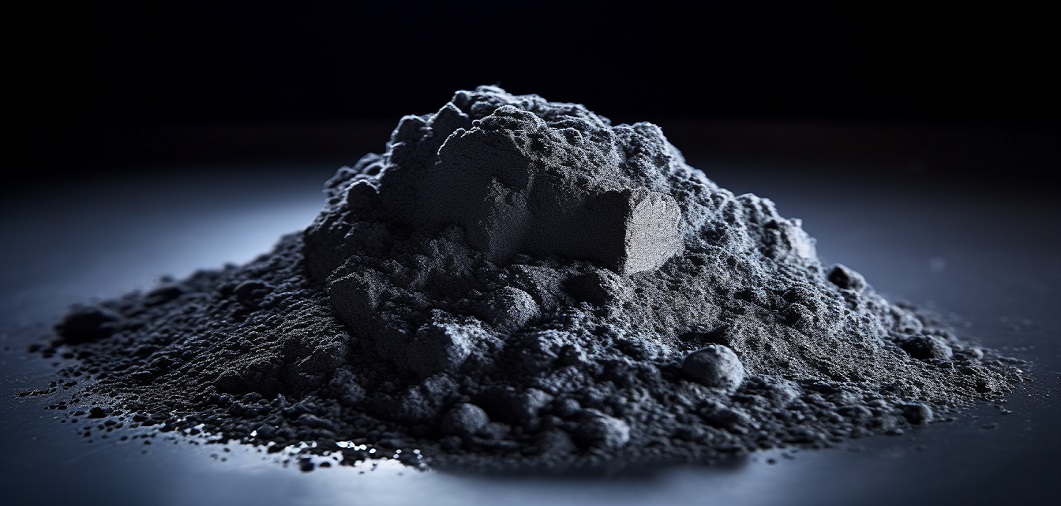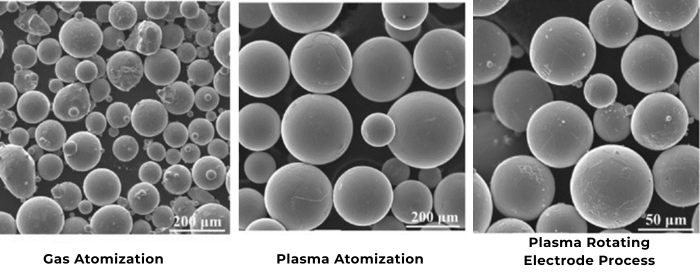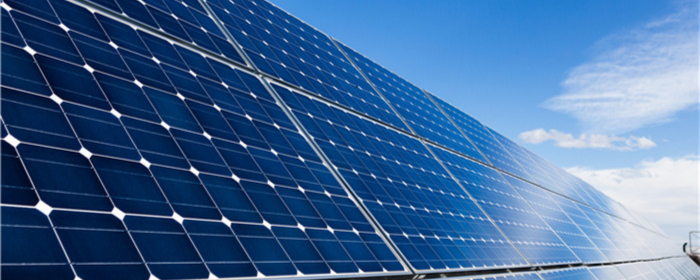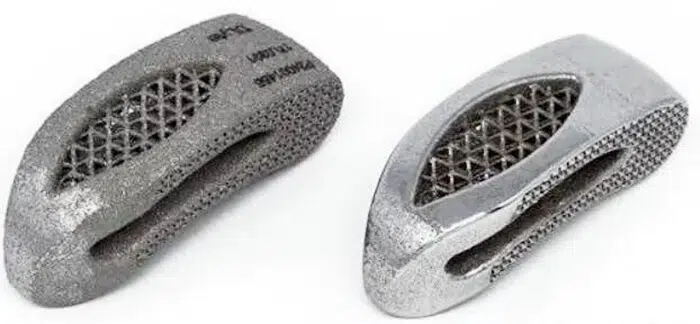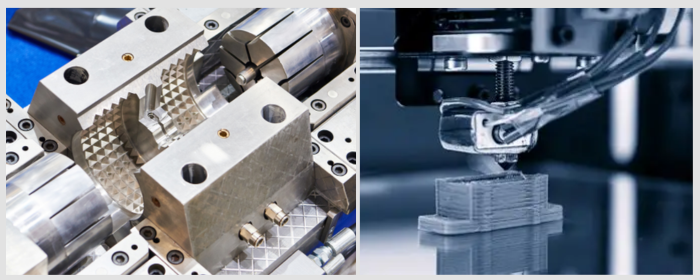

High Entropy Alloy Powder (HEA) is a type of alloy powder made from multiple elements, each with similar atomic percentages. Traditional alloys typically consist of one primary element with small amounts of additional elements. In contrast, high entropy alloys are composed of five or more elements in nearly equal atomic ratios. This unique structure results in excellent properties, giving HEAs great potential for various high-tech applications.
Stanford Advanced Materials (SAM) has rich experience in the manufacture and sale of high-entropy alloy products. There is a broad range of quality HEA powders and spherical powders on our website. Send us an inquiry if you are interested.
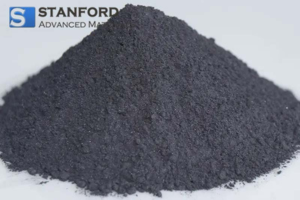
Fig 1. HfNbTaTiZr High Entropy Alloy Powder from SAM
Compared with traditional alloy powders, high entropy alloy powder has better mechanical properties, corrosion resistance, oxidation resistance, and high thermal stability.
1. High Entropy Effect:
High entropy alloy powders consist of multiple elements, each with a close atomic ratio. This complex composition allows the alloy powder to form simple solid solution structures, like face-centered cubic (FCC) or body-centered cubic (BCC), rather than complex phase separations. The high entropy effect increases the mixing entropy, improving the alloy's stability and uniformity.
2. Outstanding Mechanical Properties
The presence of multiple elements leads to lattice distortion due to differences in atomic radii. This distortion hinders dislocation motion, enhancing the alloy's hardness and strength. Additionally, some HEAs undergo phase transformations at specific temperatures, effectively improving their tensile strength and toughness.
3. Excellent Corrosion and Oxidation Resistance
High entropy alloy powders have complex topological structures that lower and stabilize the energy state of the material. This complexity also improves corrosion and oxidation resistance. The synergistic effect of multiple elements forms a dense oxide layer on the alloy's surface, enhancing its protective qualities. Moreover, the self-passivation capability of HEA powder further boosts its corrosion resistance.
4. High Thermal Stability
The diverse elements in high entropy alloys complicate atomic diffusion paths, reducing diffusion rates. This diffusion barrier helps improve the material's high-temperature stability and oxidation resistance. Additionally, the chemical interactions between elements and significant lattice distortion increase diffusion difficulty, making the alloy more stable at high temperatures.
.png)
Fig 2. Traditional alloy powder and high entropy alloy powder: why is HEA powder superior in properties
Related reading: What're the Differences between Traditional Alloys and High-entropy Alloys?
High entropy alloys (HEAs) have emerged as a revolutionary class of materials. However, the key to unlocking their full potential lies in the precise preparation of high-entropy alloy powders. Various methods have been developed to produce these powders, each with its own advantages and challenges, as shown in Table 1.
1. Mechanical Alloying
This method involves repeatedly hitting, grinding, and mixing metal powder elements in a ball mill, gradually forming an alloy under prolonged mechanical force. The resulting powder particles are diverse and irregular in shape, often with rough surfaces, leading to poor flowability.
2. Gas Atomization
A common industrial method for producing high entropy alloy powder, gas atomization involves melting metal and atomizing it into fine droplets using high-pressure gas. These droplets quickly cool in the air to form powder. This technique produces spherical and uniform powder with excellent flowability and packing performance. Gas atomized powders typically have high purity and density, effectively reducing oxidation and impurities.
Related reading: Gas-Atomized Spherical Powders for Additive Manufacturing
3. Plasma Rotating Electrode Process (PREP)
PREP is a standard method for producing high-purity entropy alloy powder. This process uses plasma to heat a rotating electrode, creating a centrifugal force to eject molten metal and form a spherical powder. The high-temperature operation reduces oxidation and impurity introduction, ensuring high powder purity and consistency.
Related reading: Plasma Rotating Electrode Process (PREP) and Plasma Atomization (PA): How to Choose
This method uses high-pressure nozzles to spray molten metal into tiny droplets that rapidly cool into powder particles. Spray forming can produce various shapes, including spherical and irregular, depending on spray parameters and material properties. The high cooling rate allows for the formation of fine and uniform grain structures, enhancing mechanical properties.
Table 1. Comparison of High Entropy Alloy Powder Preparation Methods
.png)
Choosing the Right Method
The best production method for high entropy alloy powders depends on the desired characteristics and applications. For example, if high purity is crucial, the Plasma Rotating Electrode Process might be ideal. Additive manufacturing, like 3D printing, typically requires spherical powders with good flowability, making gas atomization the best choice.
The most popular application for high entropy alloy powder is in the aerospace industry. This field demands high strength, heat resistance, corrosion resistance, and low weight, all of which are met by HEAs due to their excellent mechanical properties, oxidation resistance, and thermal stability.
The unique properties of high entropy alloy powders make them invaluable in cutting-edge industries like aerospace. Their ability to withstand extreme environments, coupled with their versatility in composition and production, allows for tailored solutions to meet specific needs. As technology advances, the demand for materials that offer both performance and reliability continues to grow, positioning high entropy alloys as a key player in the development of future technologies. Continued research and innovation in this field will likely lead to even broader applications, further solidifying the role of high entropy alloy powders in transforming industry standards and pushing the boundaries of what's possible.
Stanford Advanced Materials (SAM) has been committed to providing high-quality spherical alloy powders to our customers in the commercial and industrial fields. We offer a wide range of HEA spherical powders, including nickel-based, cobalt-based, and iron-based HEA spherical powders. These products can meet the needs of various additive manufacturing, aerospace, and other different processes.

